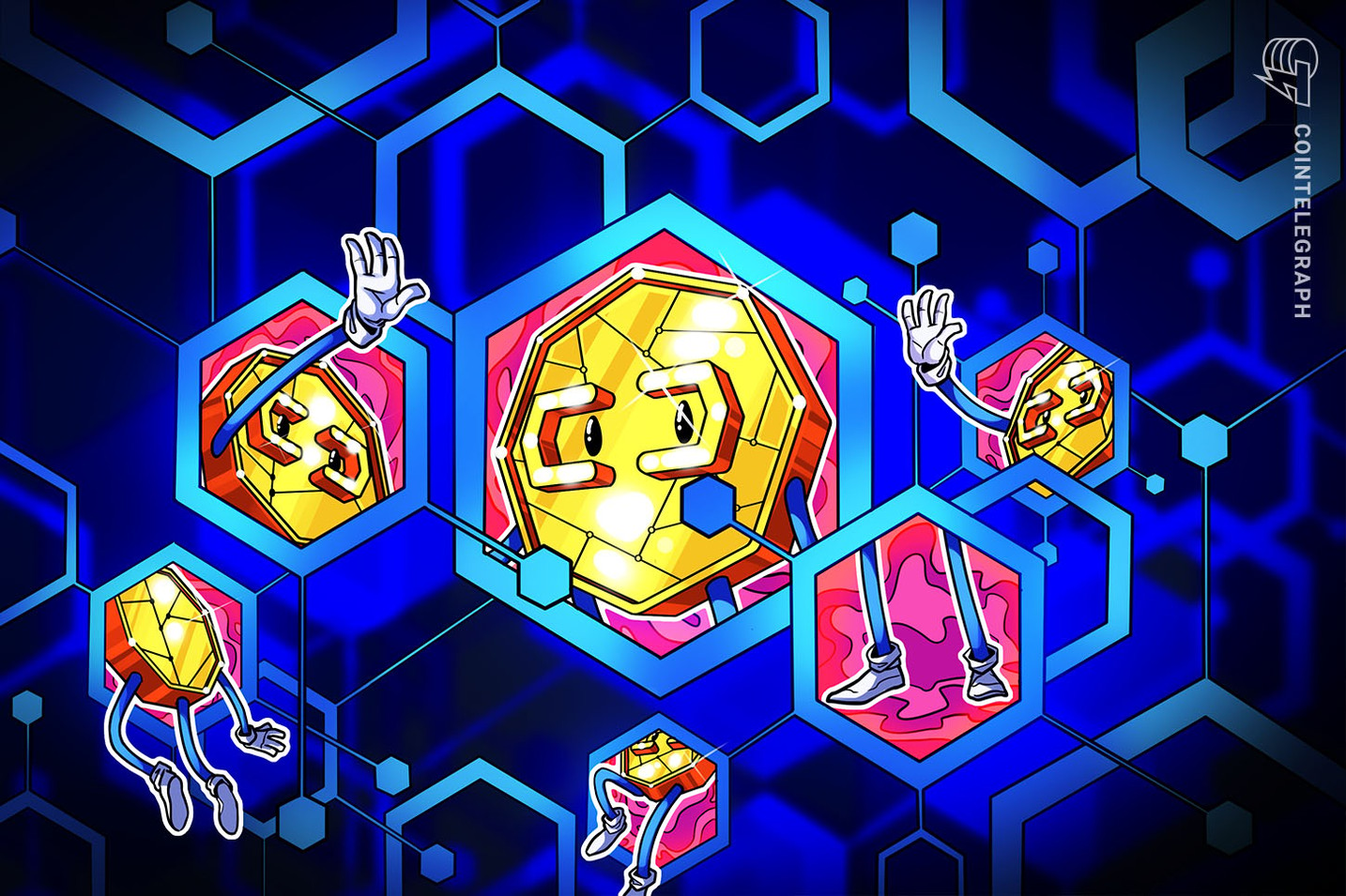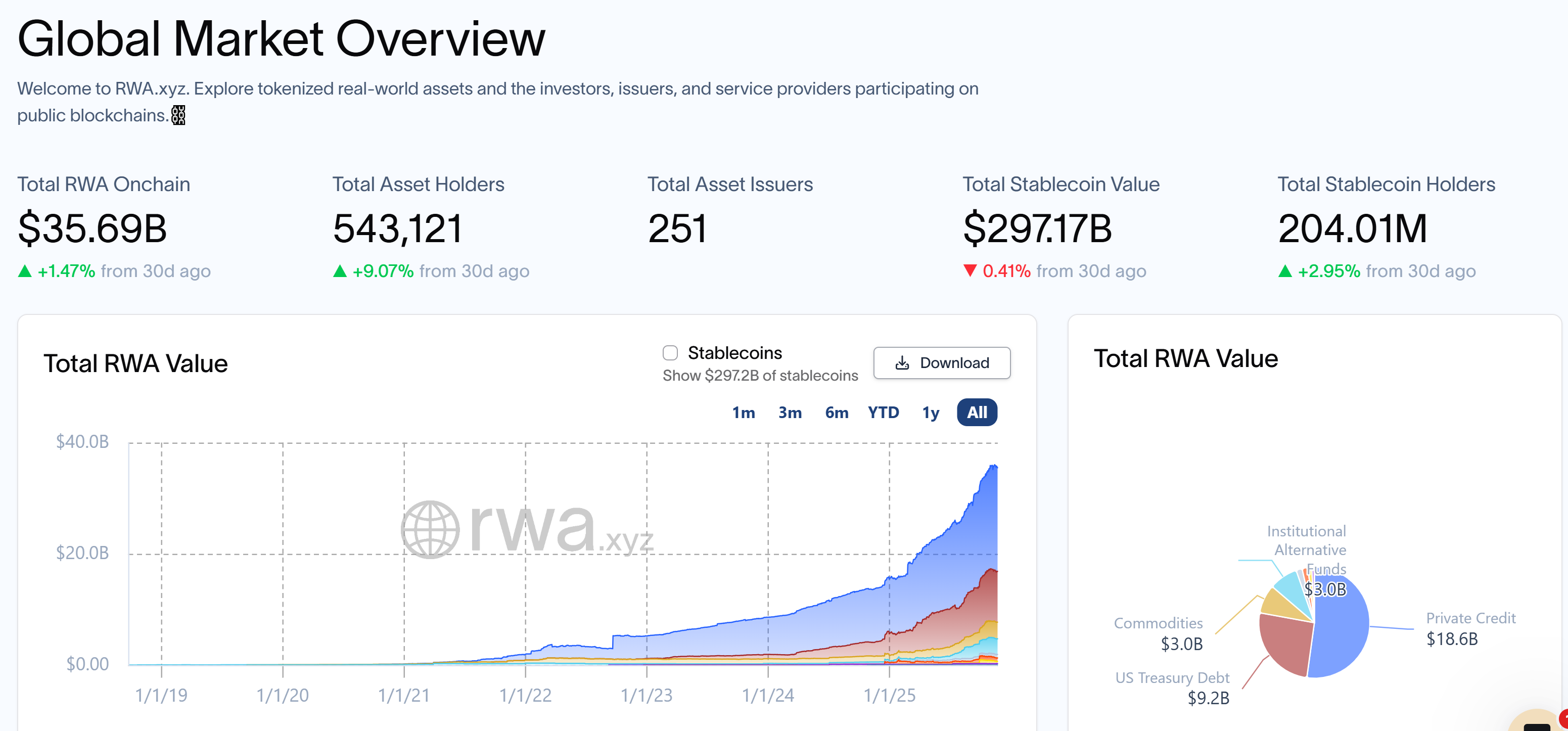
Grayscale has highlighted Chainlink as a pivotal element for the future of blockchain adoption, dubbing it the “critical connective tissue” that bridges crypto with traditional financial systems.
In a recent report, the asset management company claimed that Chainlink (LINK) is becoming vital software infrastructure for tokenization and cross-chain transactions, facilitating the growing trend of real-world assets being integrated into blockchain ecosystems.
“A more accurate description of Chainlink today would be modular middleware that lets on-chain applications safely access off-chain data, facilitate cross-chain interactions, and satisfy enterprise-level compliance requirements,” Grayscale indicated.
This burgeoning capability has helped LINK ascend as the highest-valued non-layer 1 cryptocurrency by market capitalization, excluding stablecoins, providing investors with diverse ecosystem involvement.
Chainlink to Drive Tokenization Growth
Grayscale posits that tokenization clearly showcases Chainlink’s value. Currently, the majority of financial assets, such as securities and real estate, remain recorded on off-chain ledgers. For these assets to leverage the efficiency and programmability of blockchains, tokenization, verification, and connections to outside data sources are essential.
“We foresee Chainlink orchestrating the tokenization process and have noted its formation of partnerships with S&P Global and FTSE/Russel to bolster these efforts,” stated the asset management firm.
The market for tokenized assets has surged from $5 billion to over $35.6 billion since early 2023, based on data from RWA.xyz.
 Total RWA onchain. Source: RWA.xyz
Total RWA onchain. Source: RWA.xyz
Chainlink Collaborates with JPMorgan and Ondo for Crosschain Settlement
In June, Chainlink partnered with JPMorgan’s Kinexys network and Ondo Finance to successfully execute a crosschain delivery-versus-payment (DvP) settlement, bridging a private bank payment framework with a public blockchain testing environment. Utilizing Chainlink’s Runtime Environment (CRE) as the coordination layer, this settlement enabled the exchange of Ondo’s tokenized US Treasurys for fiat without asset migration away from their native chains.


